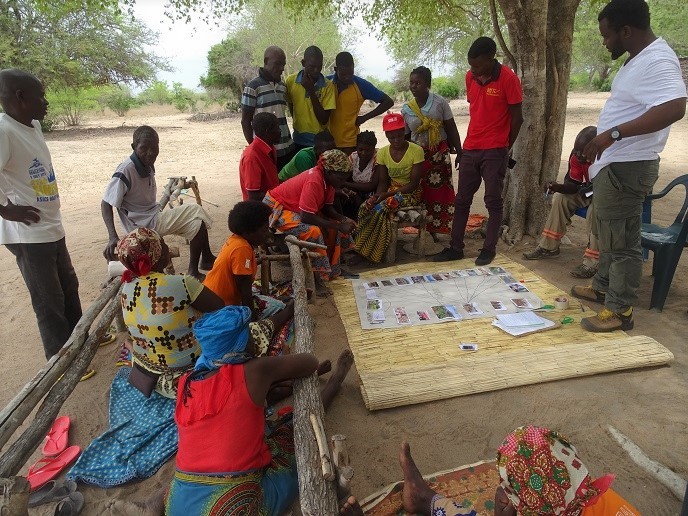Better tests for Europe’s water bodies
One of the many challenges that the planet is facing, due to climate change and environmental degradation, is a shortage of water. The Water Framework Directive (WFD) governs legislation on water bodies in Europe, ensuring that they boast ‘good water status through effective chemical and ecological assessment.’ Against this backdrop, the EU-funded QWATER (Bioassay integration under the European Water Framework Directive: A step towards an ecological approach) project aimed to go a step further by investigating cause-effect relationships as part of assessing environmental quality. It worked on integrating short-term toxicity bioassays and biomarkers in WFD evaluations in order to establish cause-effect patterns found in ecologically suboptimal water bodies. To achieve its aims, the project team developed cost-effective on-site toxicity bioassays on specific animal species in relation to different key functions within the ecosystem. It then integrated the biomarkers and established how these quality elements — bioassays and biomarkers — reinforce the standard Ecological Quality Status approach used for assessing water quality. QWATER ascertained that the bioassays represent cost-effective tools for estuarine sediment toxicity assessments, having successfully differentiated between polluted and unpolluted estuaries. It conducted several other studies that support this goal, underlining the value in using a combined approach to achieve more accurate assessment of an ecosystem’s health. The bioassays also demonstrated that the ecotoxicological indices developed can significantly contribute to the assessment and management of water bodies in compliance with the WFD. These tools can help create feasible, cost-effective and sensitive new protocols within the WFD which is being implemented across Europe. The project’s contribution could ultimately help foster a more ecological approach to managing Europe’s water bodies.
Keywords
Water bodies, biomarkers, WFD, QWATER, bioassays







